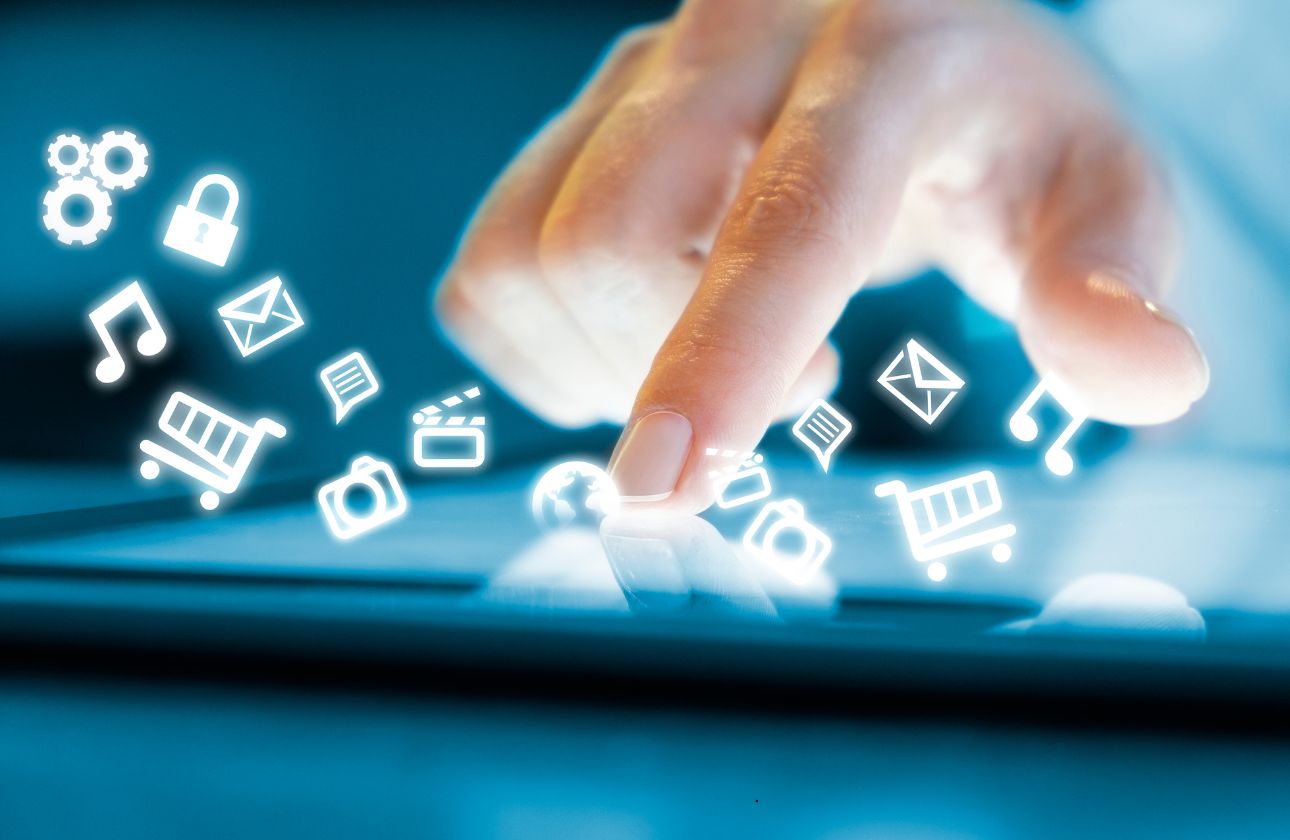The Evolution of SMS
In the world of communication, few technologies have been as transformative and enduring as Short Message Service (SMS). From its humble beginnings as a simple text-based communication tool to its evolution into a cornerstone of modern connectivity, SMS has shaped how we connect, share, and stay informed.
A Brief History of SMS
The first-ever SMS was sent on December 3, 1992, by Neil Papworth, who texted "Merry Christmas" to a colleague. What started as a technical experiment soon became a global phenomenon. By the late 1990s, mobile carriers began integrating SMS into their services, and by the early 2000s, it had become a popular way to communicate.
Key Milestones in SMS Evolution
-
1990s: The Birth of SMS
Initially, SMS was limited to 160 characters, a restriction that became iconic. Texting was primarily used for short, efficient communication. -
2000s: The Golden Era
SMS gained mainstream popularity, especially with the rise of feature phones. Text messaging became a key part of social interaction, helping people stay connected like never before. -
2010s: The Rise of Rich Communication
With the advent of smartphones and messaging apps like WhatsApp and iMessage, SMS faced competition. However, it adapted by becoming a vital tool for two-factor authentication, alerts, and business communications. -
2020s and Beyond: SMS in the Digital Age
Today, SMS remains relevant, particularly for business-to-consumer (B2C) communication, appointment reminders, and marketing campaigns. The introduction of Rich Communication Services (RCS) has further enhanced SMS, enabling multimedia sharing and real-time interaction.
Why SMS Continues to Thrive
- Universal Reach: Unlike messaging apps that require internet connectivity, SMS works on all mobile networks and devices, making it accessible to anyone with a phone.
- High Open Rates: SMS boasts an impressive open rate of over 90%, making it a reliable tool for time-sensitive communication.
- Security: Businesses rely on SMS for two-factor authentication (2FA) due to its reliability and simplicity.
- Integration with Modern Tech: SMS seamlessly integrates with APIs, allowing businesses to automate messages and enhance customer engagement.
The Role of SMS in Modern Communication
While SMS has evolved, its relevance remains undeniable. Here are a few ways it continues to impact daily life:
- Business Communication: Companies use SMS for promotions, alerts, and customer support.
- Emergency Notifications: Governments and organizations rely on SMS to send critical updates during emergencies.
- Personal Communication: Despite the rise of instant messaging apps, SMS remains a dependable fallback for quick personal messages.
The Future of SMS
As technology advances, SMS is evolving with it. Rich Communication Services (RCS) is the next phase, transforming SMS into a dynamic platform capable of multimedia messaging, interactive chats, and enhanced security. The integration of artificial intelligence and chatbots with SMS will further redefine how we interact with brands and services.
From its inception as a 160-character message to becoming a cornerstone of global communication, SMS has come a long way. Its ability to adapt and integrate with emerging technologies ensures it remains an essential part of our digital ecosystem. As we look ahead, SMS will continue to bridge gaps, connect people, and bring the world closer—one text at a time.



